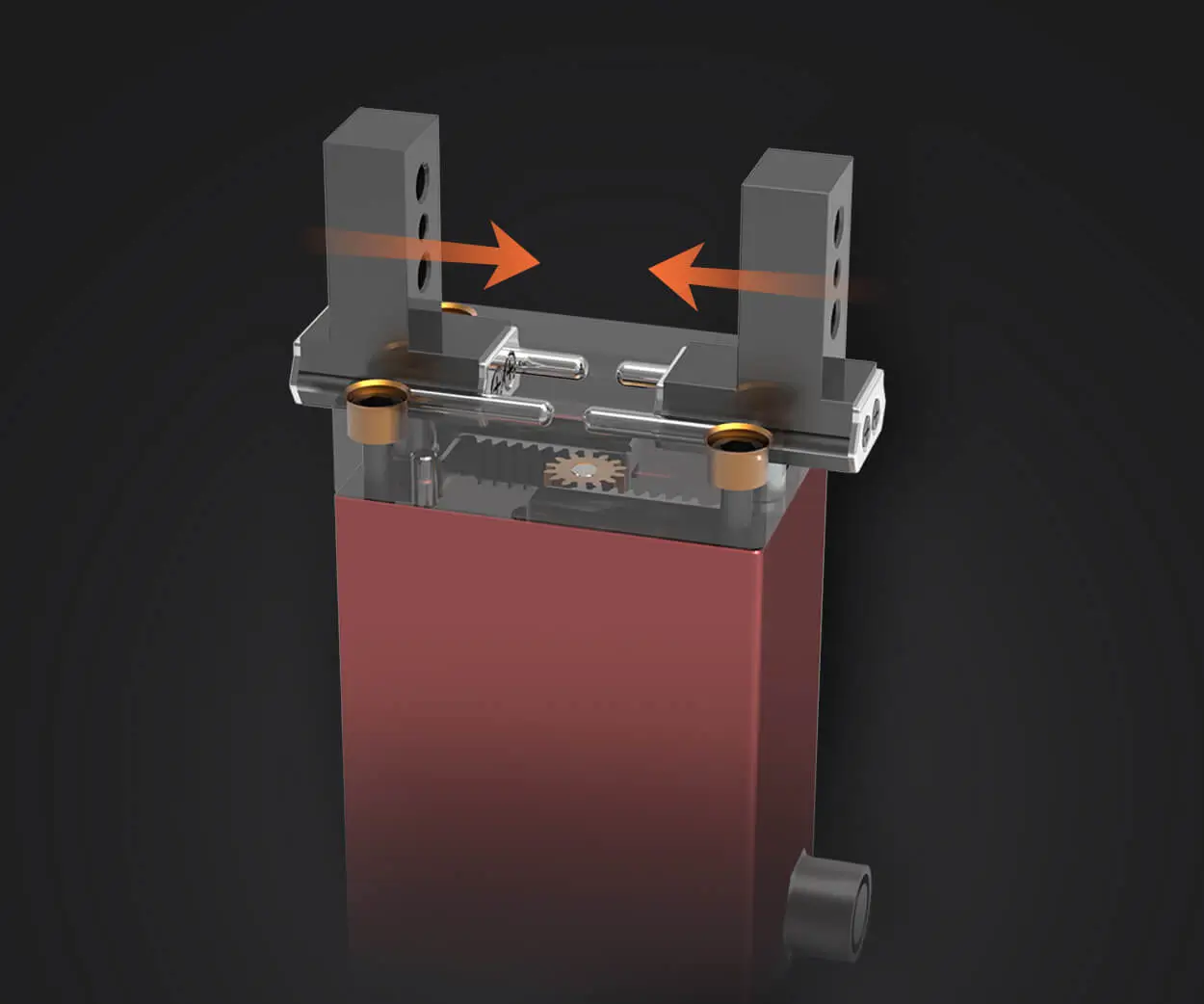Sure! Here's the first part of the soft article on "Lego Power Functions Servo Motor Torque."
Imagine a world where your ideas can leap off the page, transform into kinetic marvels, and move with precision and power—this is the magic that Lego Power Functions servo motors bring to the table. For decades, LEGO enthusiasts and engineers alike have harnessed the potential of these miniature marvels to craft everything from simple moving vehicles to elaborate robotic arms. At the heart of these creations lies a fundamental concept that determines how well a motor performs: torque.

Understanding the Role of Torque in Lego Power Functions
Torque, in the context of motors, is the rotational force that a motor can exert around its axis. Think of it as the twisting power that enables your Lego car to climb a hill, a robotic arm to lift a weight, or a gear mechanism to turn smoothly under load. Without adequate torque, moving parts stall, or the entire mechanism becomes sluggish—limiting what you can achieve in your builds.
Lego Power Functions servo motors are compact yet powerful units designed specifically to provide precise control of movement and positioning. They are different from simple continuous rotation motors because they can be set to specific angles, making them ideal for steering, arm movement, or joint control within larger models. The servo’s ability to hold a position under load depends heavily on its torque rating.
Deciphering the Torque Specifications
Manufacturers typically specify their Lego Power Functions servo motors’ torque in kilogram-centimeters (kg·cm). For example, a standard Lego servo might be rated around 3.5 kg·cm, meaning it can exert a twisting force of 3.5 kilograms at a distance of 1 centimeter from its axis. This might sound abstract, but translating these figures into real-world applications clarifies their significance.
Suppose you’re building a robotic arm that needs to lift a small object—say, a Lego brick weight of about 50 grams. Calculating whether the servo can handle this load involves understanding the torque requirement. The weight creates a force, and the farther the load is from the motor’s axis, the more torque is needed. If the load is placed 5 cm away, and it weighs 50 grams (which exerts roughly 0.5 newtons of force), the basic torque needed can be calculated as:
Torque = Force × Distance = 0.5 N × 0.05 m = 0.025 Nm (or 2.5 N·cm)
Since 1 N·cm equals about 0.1 kg·cm (roughly), a 2.5 N·cm torque translates to about 0.25 kg·cm. This is significantly less than the typical 3.5 kg·cm capacity of many Lego servos, suggesting they can handle such loads with ease. But what happens when the load increases or the gear ratios change?
Gear Ratios and Torque Amplification
Gear systems are often incorporated into Lego builds to modify torque and speed. Using a gear train can multiply the torque output of the servo, allowing it to move heavier loads or overcome higher resistance. A common method is to use a gear reduction—connecting a small gear (pinion) to the servo’s output shaft and a larger gear to the load—thus increasing the torque proportionally at the expense of speed.
For example, a 1:3 gear ratio (small gear driving a larger gear) can triple the torque, directly enabling your model to lift heavier objects or handle tougher terrain. However, it’s critical to remember that this also reduces the rotation speed proportionally, so the trade-off is speed for power.
Torque in Action: Building the Perfect Lego Robot
When designing a Lego robot, understanding torque guides choices about motor selection, gear arrangements, and overall mechanical design. For instance, a robot designed to traverse uneven terrain or carry a payload needs stronger servos with higher torque ratings. Conversely, for fast-moving parts like arms or antennas, lighter, faster motors suffice.
Many experienced builders consider the torque curve—how the motor performs at different load levels—to optimize their builds. Higher torque motors can hold positions against external forces, making movement more precise and stable. For example, in robotic arms, servo torque dictates the maximum weight and range of movement achievable without slipping or stalling.
Choosing the Right Servo for Your Lego Projects
Lego Power Functions offers a range of servo motors with varying torque ratings. The standard servo often lies around 3.5 kg·cm, but specialty or upgraded servos can reach 7 kg·cm or higher. Your choice hinges on the demands of your project:
Light-duty robotic arms or steering mechanisms may require lower torque—around 1.5 to 3.5 kg·cm. Heavy-duty lifting or climbing builds demand higher torque, perhaps 5 kg·cm or more. High-speed applications might sacrifice some torque for faster rotation.
It’s also essential to consider the power supply’s capacity. A motor with high torque draws more current, and the Lego battery packs need to support this for sustained performance.
Limitations and Precautions
While torque is vital, it’s equally important to avoid overloading your servo. Exerting forces beyond a motor’s rated torque can cause overheating, gear stripping, or complete failure. Properly balancing torque, speed, and mechanical advantage through gears and leverage ensures longevity and reliable operation.
In the end, mastering the concept of torque elevates your Lego building from simple models to intricate, functional machines capable of performing robust tasks. Whether you’re designing a wheeled rover, a robotic arm, or a moving mech, knowing how much "twisting power" your servo can deliver empowers you to push the boundaries of your creativity.
Leveraging innovations in modular drive technology, Kpower integrates high-performance motors, precision reducers, and multi-protocol control systems to provide efficient and customized smart drive system solutions.




































